Porto #1, Portugal 9/13
Arriving in Porto, we followed the narrow backstreets that our trusted Garmin GPS seems to prefer and found our way to a dusty dirt bag of a campground in an eucalyptus grove. Its sole redeeming point was its proximity to a bus stop that would take us into the center of the city. Apparently training for the Monaco Grand Prix, the excitement of the day was the morning bus ride into town at speeds that would frighten even a New York taxi driver, with only inches of clearance on both sides of buildings and parked cars.
Indeed, our Lonely Planet guidebook described Porto as a “lively walkable city”, no place for our truck. The most economical way to get to main attractions was a Hop-on-Hop-Off tour bus. Used primarily for transportation, it was less expensive than individual tram or bus tickets. It also included a complementary trip on the Douro River on a replica of the historic flat-bottom riverboats called Rabelos once used to transport up to 100 barrels of port wine downstream from the vineyards we had driven through. As was the case in London, the river trip gave us an interesting view of the city that would have been impossible to see on foot. The old-world riverfront district is a UNESCO World Heritage site. The Maria Pia Bridge built in 1877 was designed by Gustave Eiffel before he built the famous Paris tower, and named after King Luis I’s wife. It held the world record for the largest span for seven years.
Walking was still the best way to take in the details of this old port city. There seemed to be a church or official building on every corner. The narrow cobblestone streets were lined with cute little cafés.
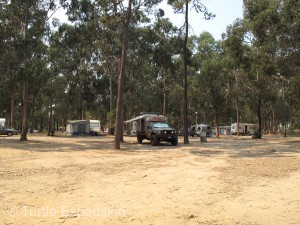
The dusty campground offered safe parking for our truck but little more. No real RV sites with water and electric, internet didn’t work half the time. It did have a Porta Potti dump station.
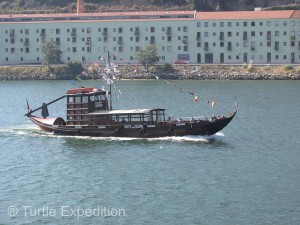
A cruise on the Duro River in one of the old flat-bottom riverboats called Rabelos gave us an interesting view of city.
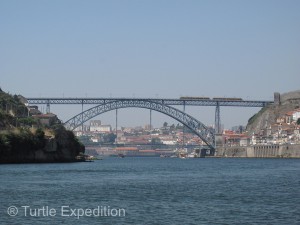
The Maria Pia Bridge built in 1877 was designed by Gustave Eiffel before he built the famous Paris tower.



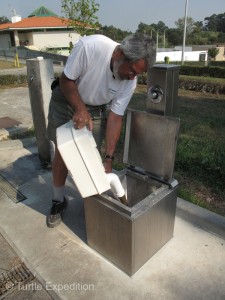
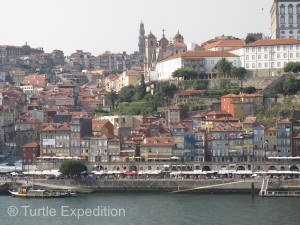
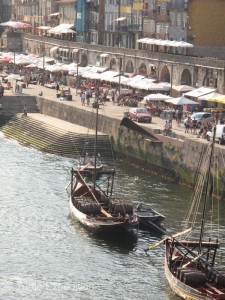
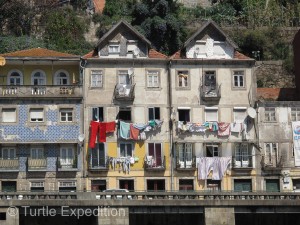
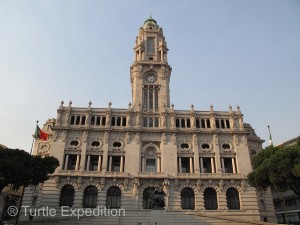
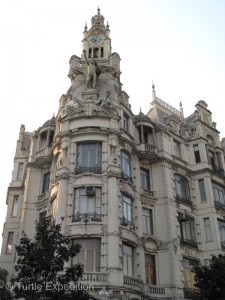
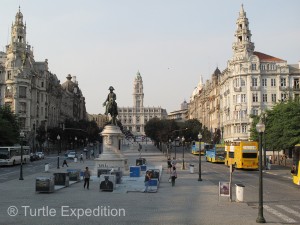
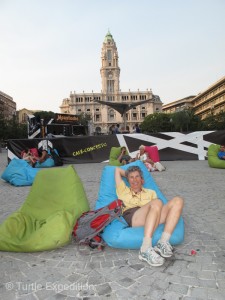
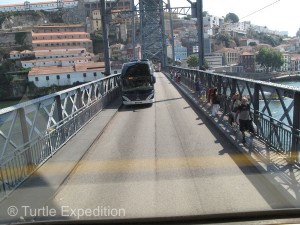
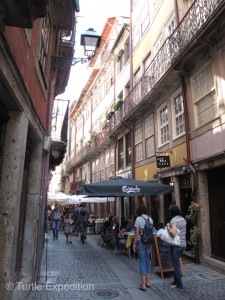
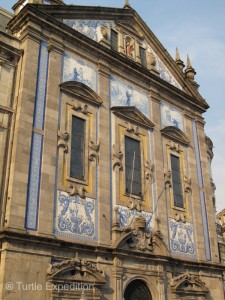





Leave a Comment